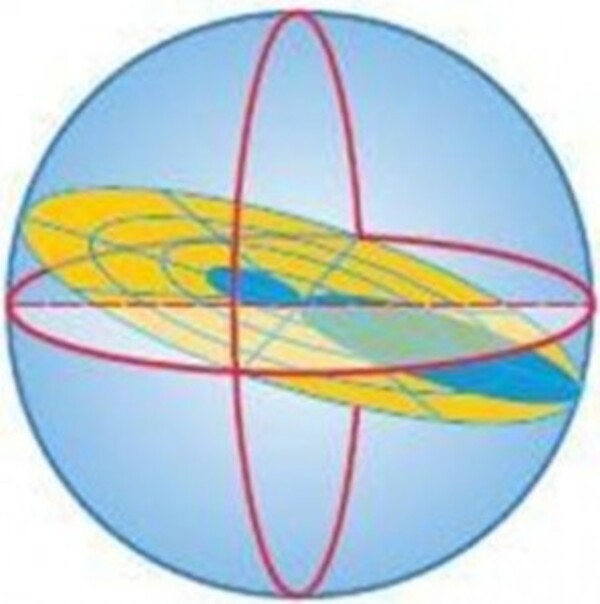Editor’s Note: This is the first installment for our “Meet the RF Experts” series in which contributors to the Understanding the RF Path e-book elaborate on subjects in their areas of expertise.
People familiar with wireless network concepts know that either frequencies or codes are re-used repeatedly throughout the network in order to sustain the enormous amount of voice and data traffic. Operators employ base station antenna pattern control to decrease interference between cells operating on the same frequencies or codes. As the cell sites become denser, the coverage area from each cell must diminish.
One way to decrease the coverage area from a cell site is to bring down the height of the antenna radiation center. However, this is often undesirable since it could place the antenna below many nearby obstacles such as buildings or foliage. Since most cellular networks now use sector antennas, a second way of reducing the coverage area is to tilt the vertical pattern of the antenna downwards thus constricting the coverage on the horizon—where interference to adjacent cell sites occurs.
The easiest way to do this beam tilting is to mechanically tilt the entire sector antenna using adjustable brackets available
 Mechanical Tilt
Mechanical Tilt
from most antenna vendors. However, this approach has a significant downside since it does not reduce coverage consistently on the horizon over the sector. It reduces coverage more in the bore sight direction and less at other angles away from bore sight, so the result is not a consistent decrease of the cell coverage. CommScope has come up with a quantifiable term for this phenomena—pattern blooming. The degree of acceptable mechanical downtilt is a function of the antenna’s height (aperture), and the tolerable amount of blooming should not exceed 10%.
When travelling, I am often fascinated by the excessive amount of mechanical downtilt used at local cell sites. This technique often generates interference levels that can cause network inefficiencies and result in customer churn.
The preferred method for tilting a sector antenna’s vertical pattern is by using electrical downtilt. This technique leaves the antenna mounted upright and accomplishes the beam tilting by manipulating the electrical phase delivered to each element using phase shifters. The consequent pattern is tilted consistently over the entire 360 degrees, reliably shrinking the coverage area. For electrically downtilted antennas, pattern blooming does not increase regardless of the amount of tilt.
Another advantage of electrical downtilting is that it can be done remotelyby connecting a motor to the phase shifter
 Electrical Tilt
Electrical Tilt
mechanism. This feature will become even more important as next generation technologies such as LTE mature. One concept associated with LTE is the self-organizing network (SON), where the network regularly re-optimizes itself based on demand. Versatile coverage adjustment capabilities such as electrical downtilt are key to the deployment of the SON concept.
You can learn more about electrical downtilt and other features of today’s base station antennas in chapter three of CommScope’s Understanding the RF Path e-book, which I helped author. Use the link to view the online version or request access to a mobile application.
And feel free to ask questions about electrical downtilt in the Comments section below.







